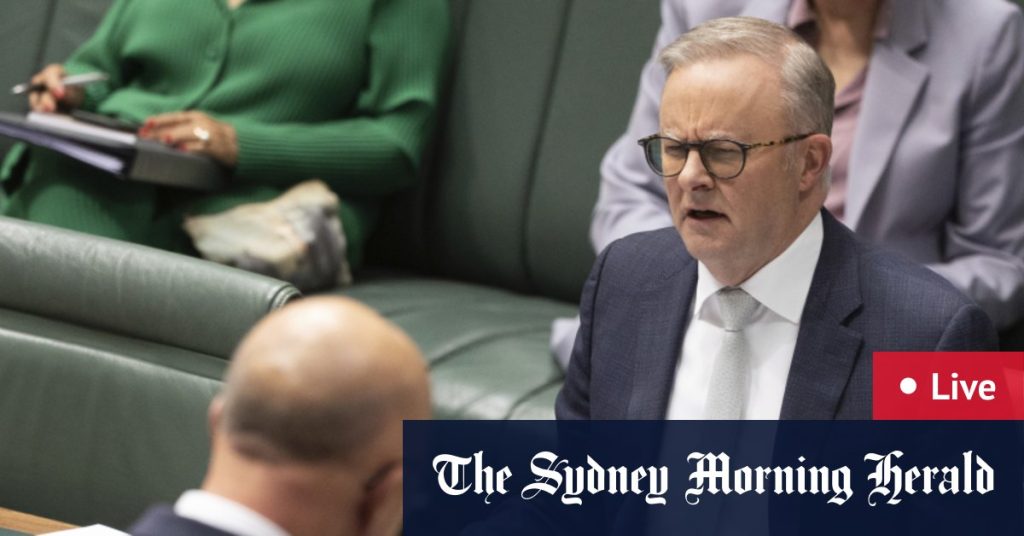The Reserve Bank’s interest rate settings are starting to have a significant impact on households, with a notable increase in the number of people falling behind on their mortgage repayments. Fitch, a ratings agency, tracks payment rates on home loans within residential mortgage-backed securities, revealing that the proportion of loans at least 30 days behind in repayments climbed to 1.3% in the March quarter. The number of loans in the early stages of arrears also rose to its highest level since February 2016. Non-conforming loans, which are typically for individuals with poor credit histories or those who are self-employed with low documentation, experienced a third consecutive quarter of increase in arrears rates, reaching their highest level since 2019.
The rise in arrears rates is attributed to persistent inflation and the 4.25 percentage point increase in official interest rates since mid-2022. This has put pressure on borrowers, as evidenced by the declining number of people making repayments ahead of schedule, which fell to 21.5% in the quarter. This pre-payment rate had reached a 15-year high in early 2023 but has now dropped back to levels seen in early 2021 when official interest rates were at 0.1%. Currently, 10% of Australian household disposable income is allocated to covering mortgage repayments, marking a record high in financial stress levels for many households.
Monthly inflation data from the Australian Bureau of Statistics revealed a 4% increase in consumer prices over the 12 months to May, up from 3.6% in the previous period. This further underscores the impact of inflation on households’ finances and their ability to meet mortgage repayments. The financial markets are now indicating a 50-50 chance of an interest rate hike at the Reserve Bank’s early August meeting, with much depending on the less volatile quarterly inflation figures that will be released by the bureau in late July. The tightening financial conditions for borrowers reflect the broader economic challenges facing households as they navigate rising costs and potential interest rate increases.
The increase in arrears rates for both conforming and non-conforming loans highlights the financial strain faced by borrowers in the current economic climate. With inflation persisting and interest rates on the rise, many households are finding it challenging to keep up with their mortgage repayments. The record-high percentage of household disposable income allocated to mortgage repayments underscores the significant impact of these financial pressures. The potential for an interest rate hike at the Reserve Bank’s upcoming meeting adds further uncertainty to borrowers’ financial outlook, as they navigate these challenging economic conditions.
The trend of rising arrears rates and declining pre-payment rates signals the growing financial stress faced by many Australian households. The impact of persistent inflation and interest rate hikes is evident in the struggle of borrowers to meet their mortgage obligations on time. The economic challenges are further compounded by the increase in consumer prices, prompting concerns about the ability of households to manage their financial commitments. The upcoming decision on interest rates by the Reserve Bank will be closely watched as borrowers brace for potential further impacts on their mortgage repayments. Overall, the data reflects the increasing financial strain on households as they grapple with a combination of rising costs and tighter financial conditions.


